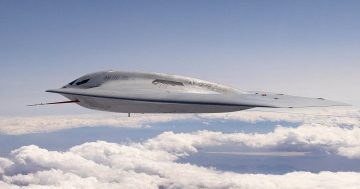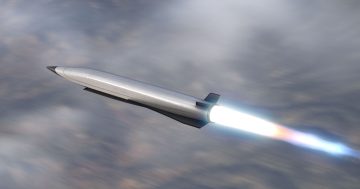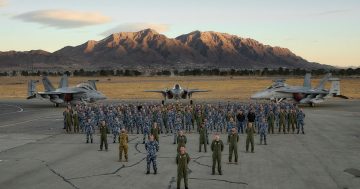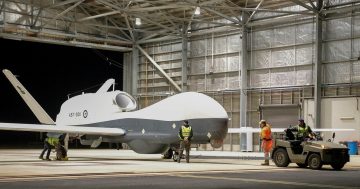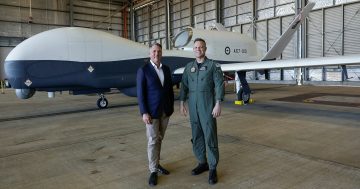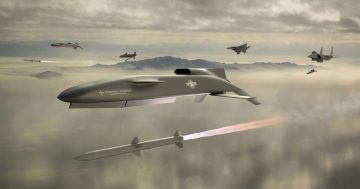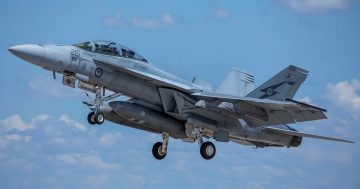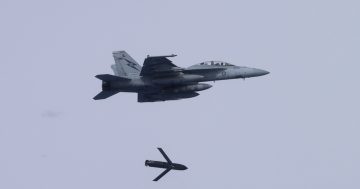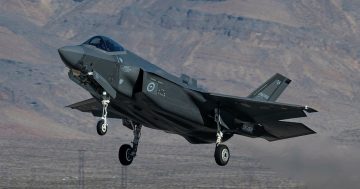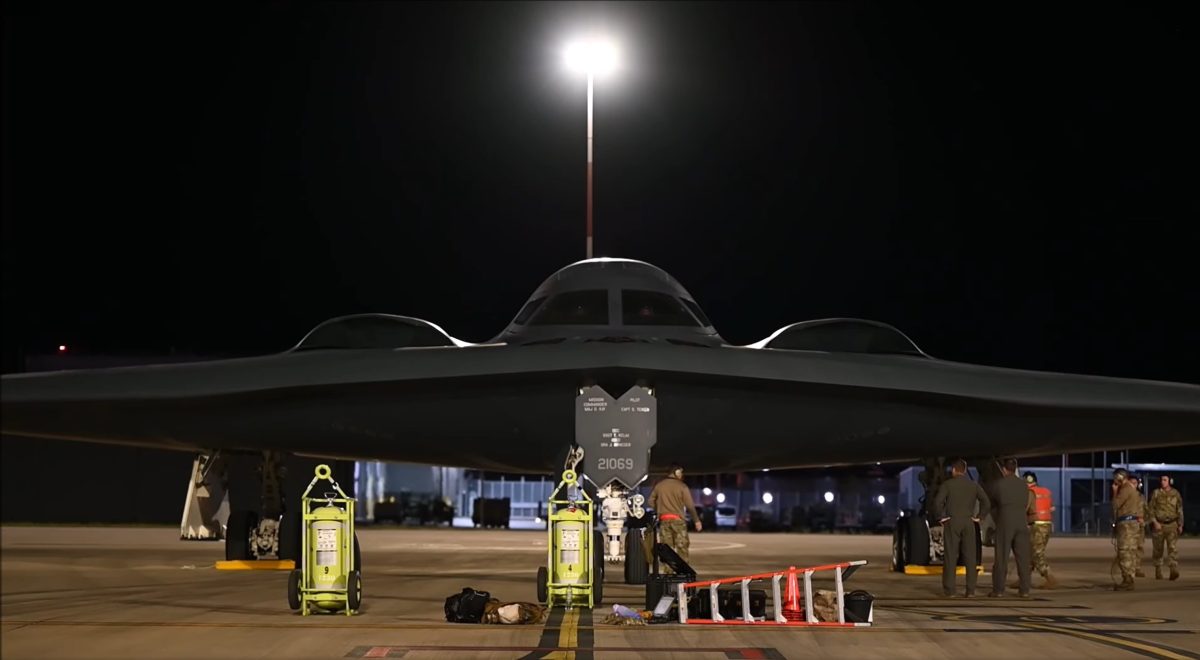
Two of the B-2s arrived at Amberley on Friday night, with the third following the next day. Photo: Screenshot/USAF.
The skies of southeast Queensland have seen some distinctly alien shapes flying around over the past few days, with the deployment of three US Air Force Northrop Grumman B-2A Spirit stealth bombers to RAAF Base Amberley.
The distinctive ‘flying wing’-shaped B-2 is designed to penetrate enemy air defence networks to attack targets of high value and is one of the stealthiest aircraft ever to fly. The US Air Force operates just 20 B-2s from Whiteman AFB in Missouri, and these aircraft are frequently deployed in small groups across the world as Bomber Task Force (BTF) deployments.
The last time the B-2s deployed to Australia was in 2022, when they participated in a number of exercises. BTF deployments typically last two to three weeks, while other deployment destinations include Fairford in the UK, the remote Diego Garcia atoll in the Indian Ocean, and Guam in the western Pacific.
The AUKUS agreement between Australia, the UK and US, and the development and expansion of RAAF bases in the north to accommodate US Air Force bombers means these deployments will likely become more frequent. RAAF Tindal near Katherine in the Northern Territory is building a new ramp which is capable of accommodating up to six B-2 or B-52 bombers, as well as support aircraft including aerial tankers.
Two of the three B-2s arrived at Amberley on Friday night (16 August) using the callsigns ‘Clone 11’ and ‘Clone 13’, with the third joining them on Saturday night as ‘Clone 12’. The aircraft were supported by US Air Force KC-135 aerial tankers.
On Monday, the aircraft departed to train off the NSW coast with RAAF F-35s and EA-18G Growlers, Raytheon-operated Learjets equipped with electronic warfare pods, and US Air Force F-22 Raptors which are visiting RAAF Williamtown.
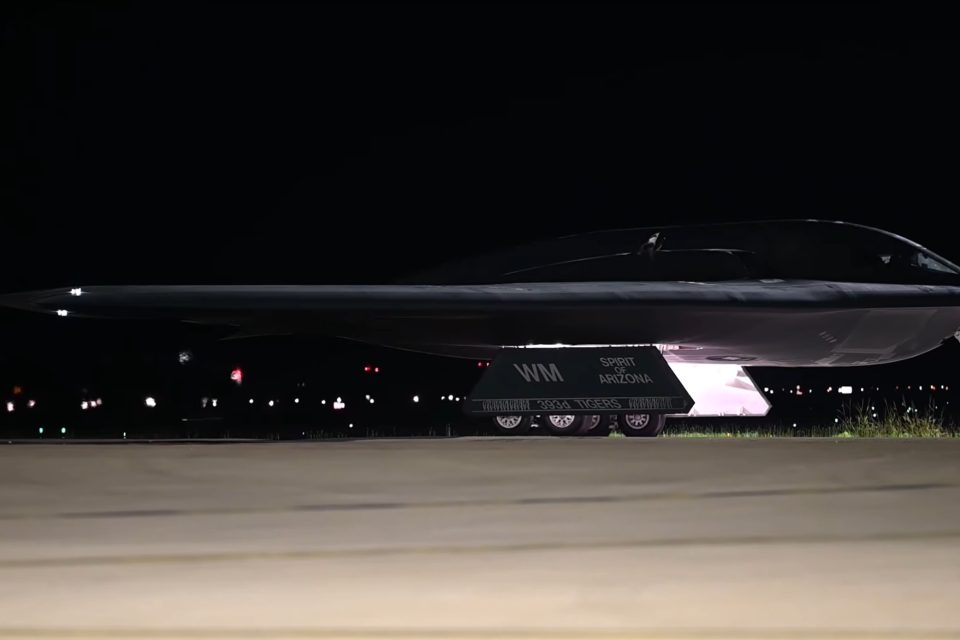

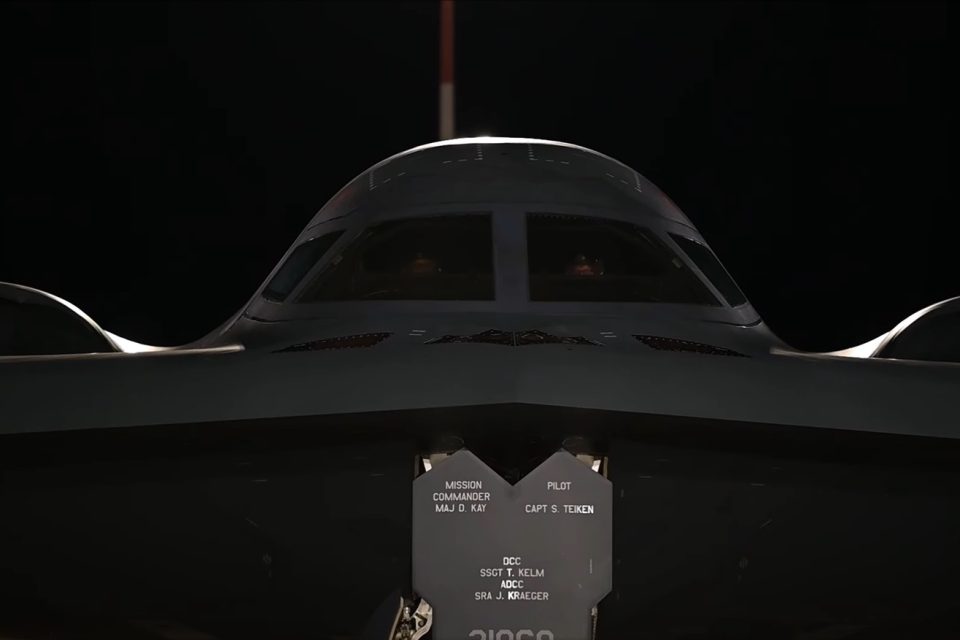
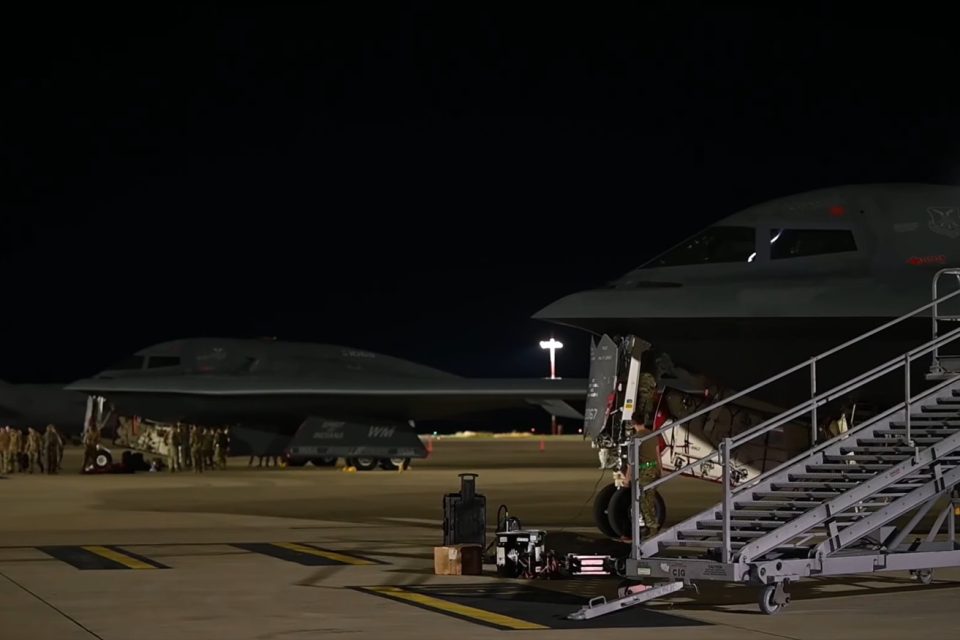
Earlier this month, US Defense Secretary Lloyd J Austin said, “We’re increasing the presence of rotational US forces in Australia. This will include, “more maritime patrol aircraft and reconnaissance aircraft operating from bases across northern Australia. It will also mean more frequent rotational bomber deployments.”
The US Air Force Pacific Air Forces (PACAF) said, “This deployment is in support of Pacific Air Forces’ training efforts with allies, partners, and joint forces and strategic deterrence missions to reinforce the rules-based international order.”
Despite its futuristic appearance, the B-2 has been in service for nearly 30 years, and is scheduled to be replaced by the new Northrop Grumman B-21 Raider bomber in the next decade.
The B-21 first flew in late 2023 and is due to enter service from 2027. Despite closely resembling the B-2, The B-21 is smaller and stealthier, and features advanced communications that will allow it to operate with uncrewed aircraft.


